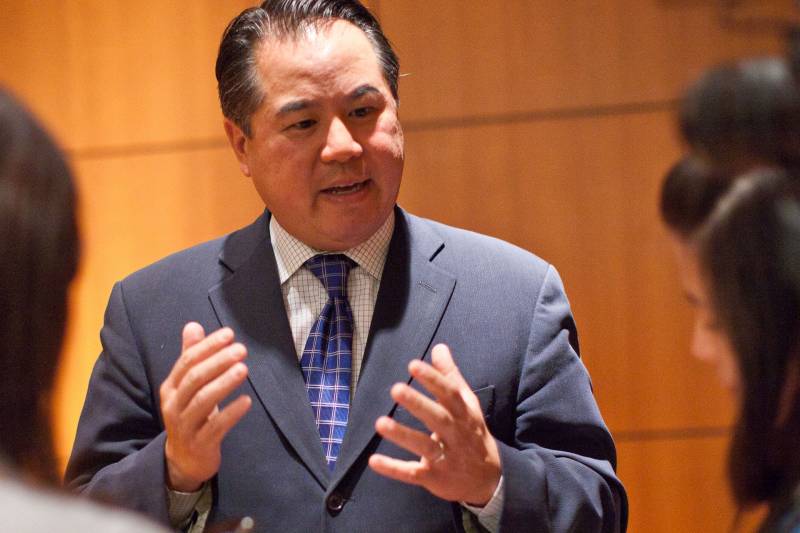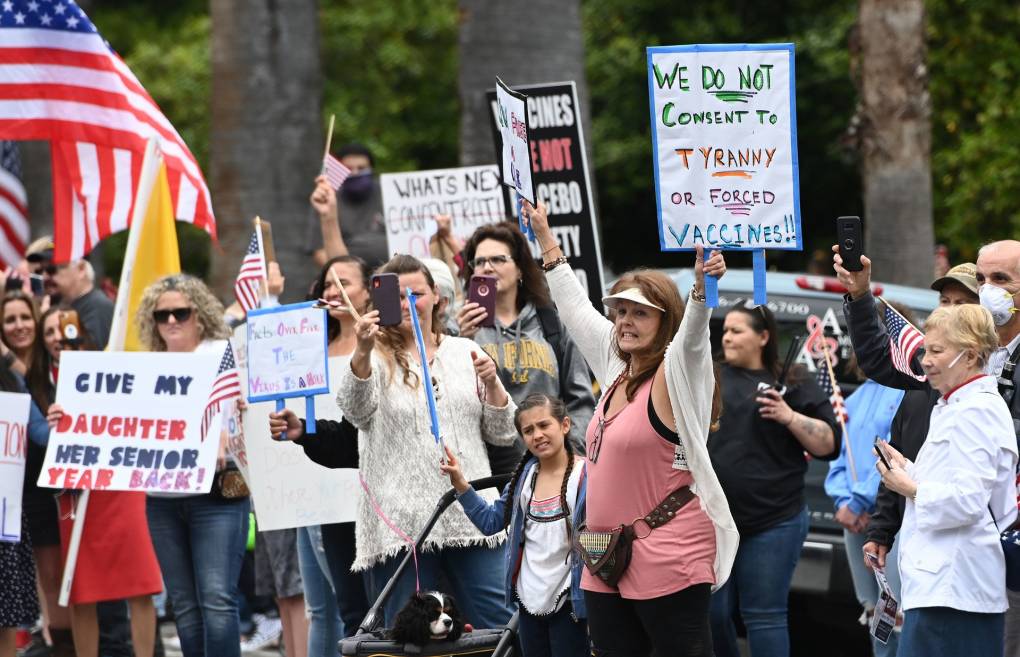California Assembly members on both sides of the aisle say they want to be more involved in helping the state through the COVID-19 pandemic.
At a budget oversight subcommittee hearing at the state Capitol on Monday, lawmakers applauded the job Gov. Gavin Newsom is doing responding to the coronavirus outbreak in California. But Republicans and Democrats both questioned how Newsom is spending some of the money they authorized for the COVID-19 crisis.
Assembly Budget Committee Chair Phil Ting, D-San Francisco, said when the Legislature initially gave Newsom broad authority to spend $1 billion to respond to the virus, it was with the assumption that the situation would be short-lived. Now that it’s clear the effects of COVID-19 will be long-lasting, Ting said it’s time for lawmakers to get more involved.
“We also feel like we have a very important role to play,” Ting said. “Especially as it comes to the appropriation and the expenditure of these resources.”
Assemblyman Jay Obernolte, R-Big Bear Lake, expressed concerns over Newsom using the emergency fund to shore up the state’s social safety net, such as spending on food banks.
“Though that may be desirable, though that might even be wise, though that might be something we agree with … that’s not something that I feel [Newsom] was given the authority to allocate money for,” Obernolte said.

